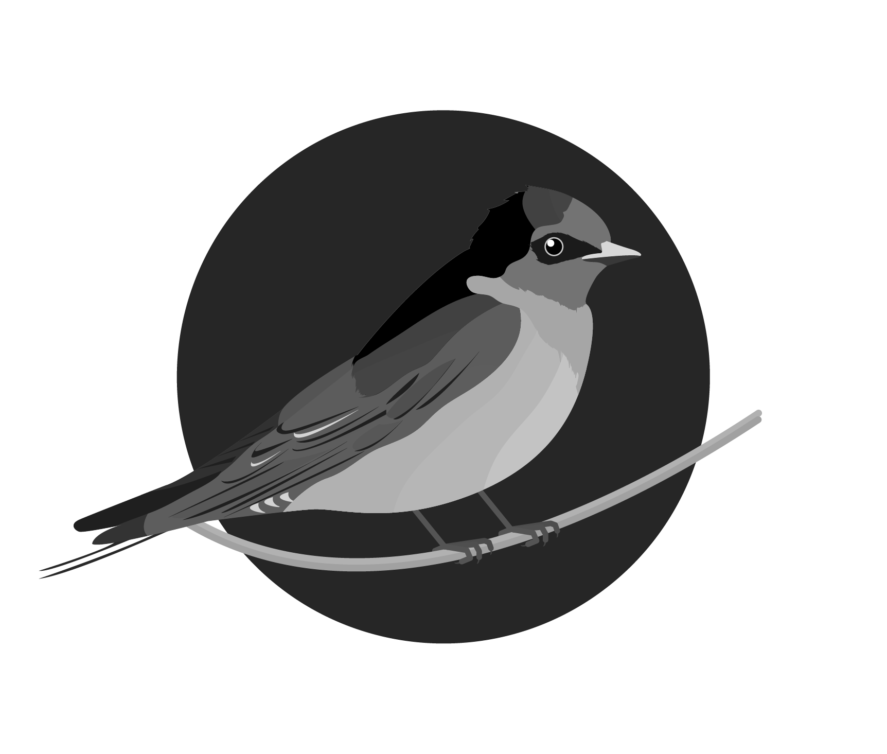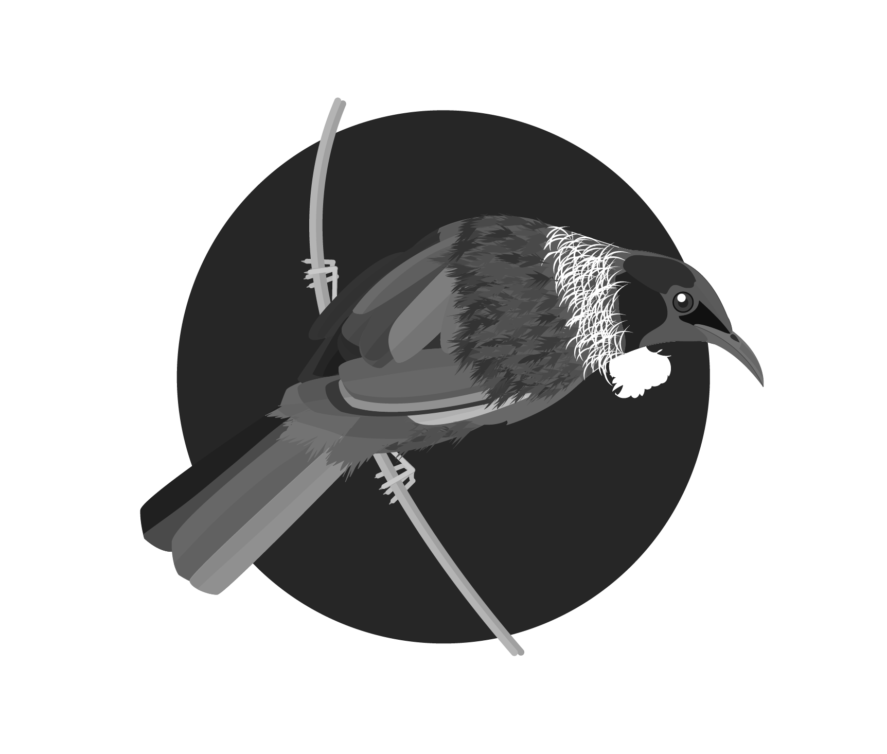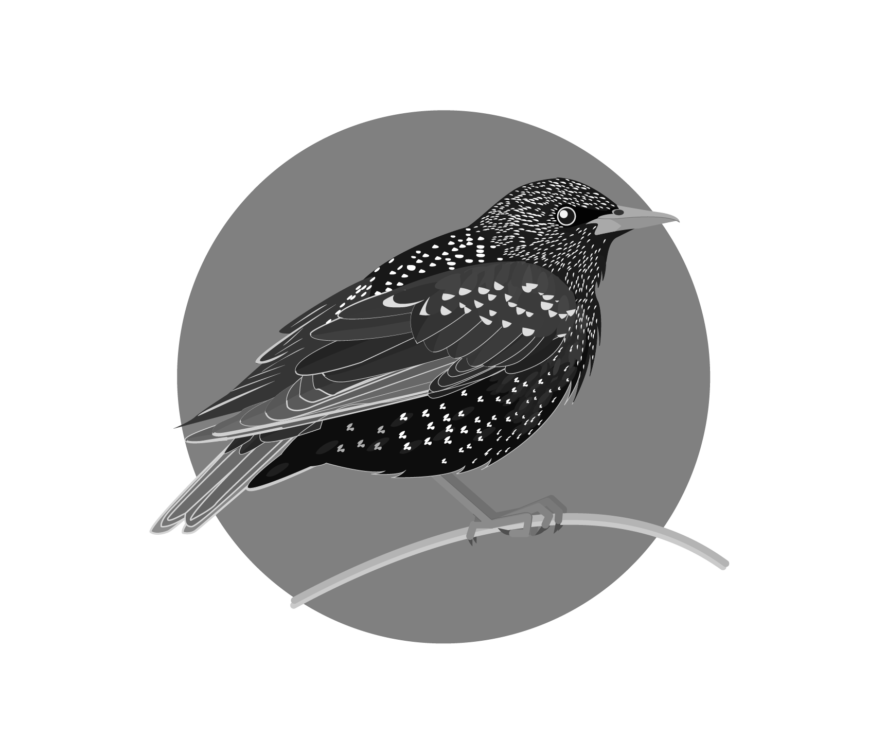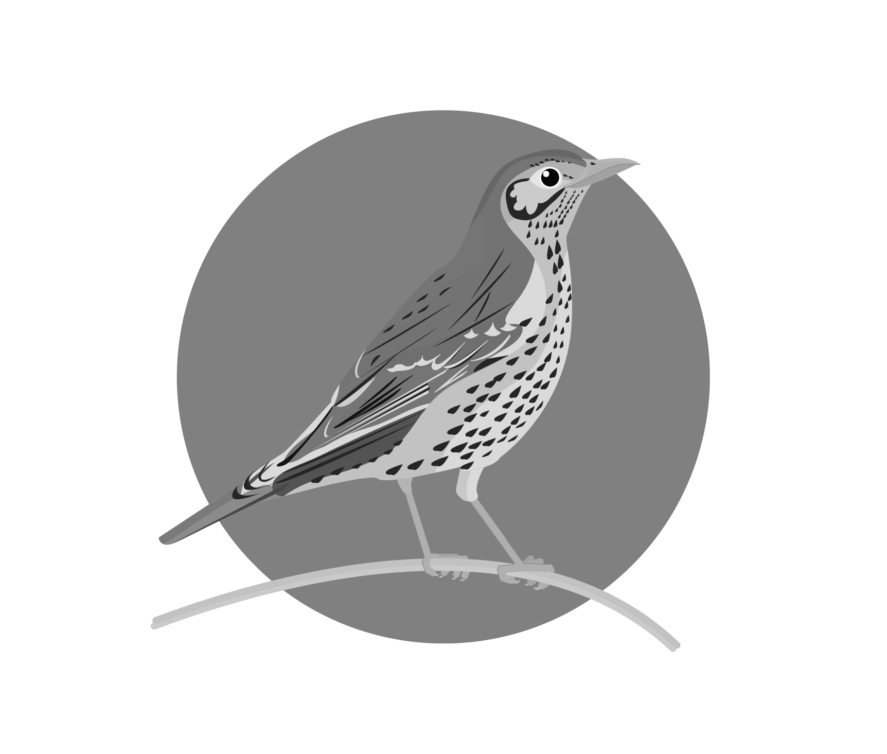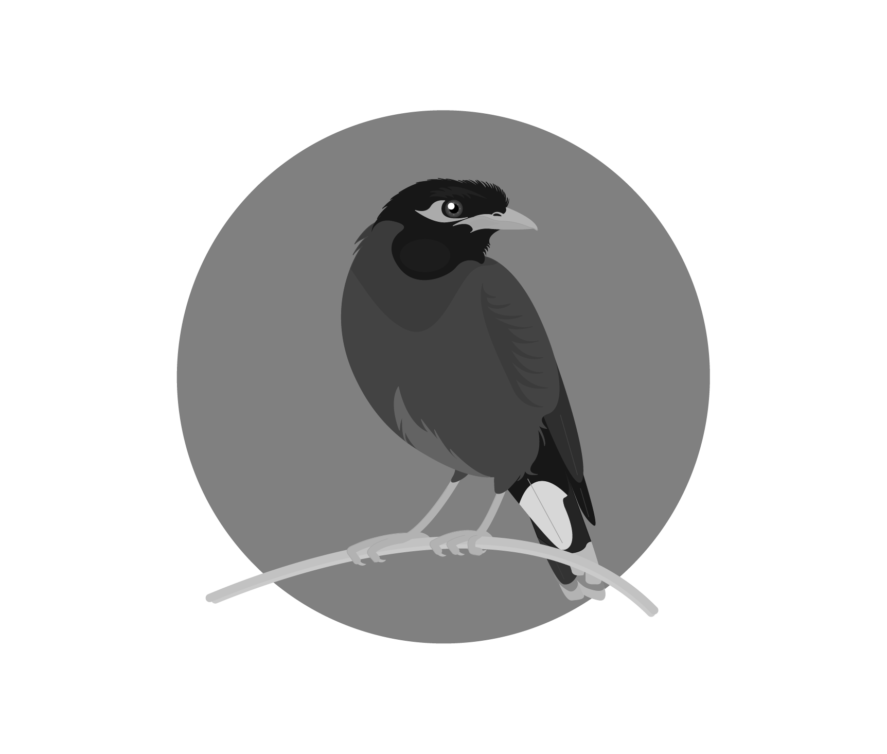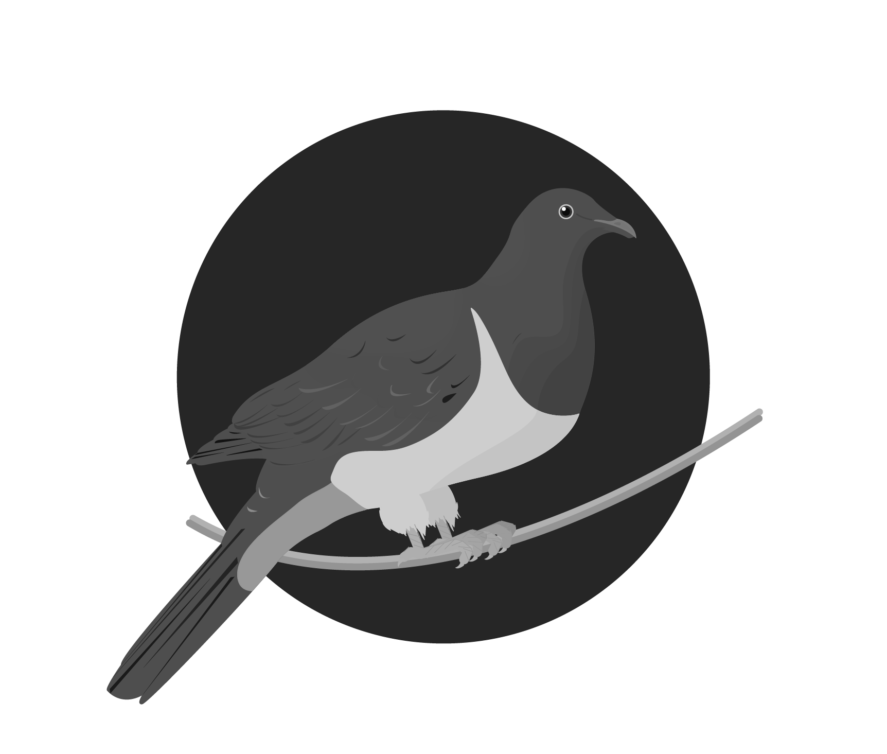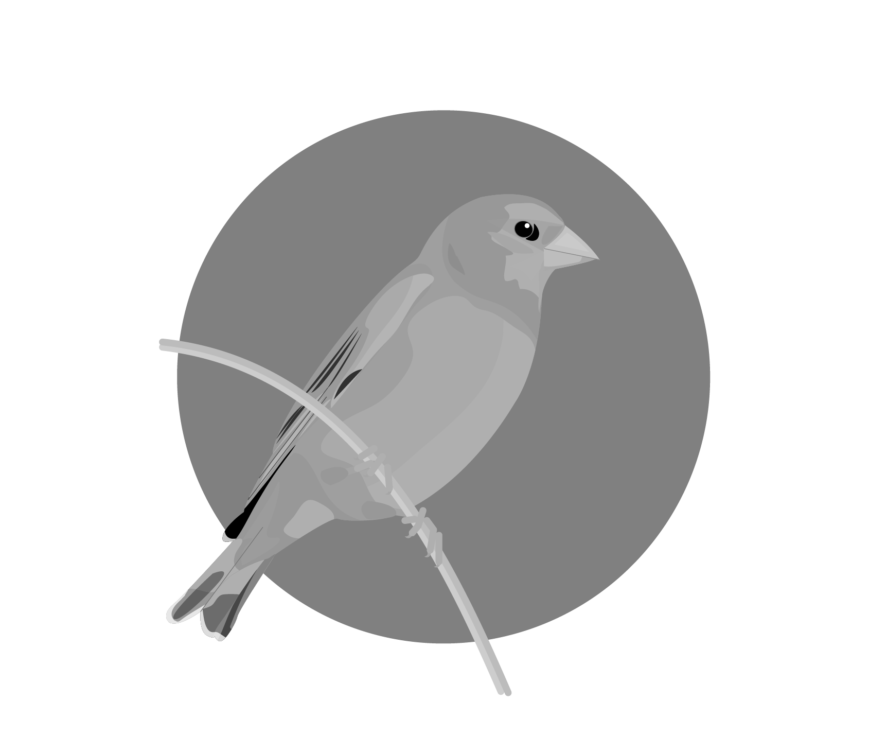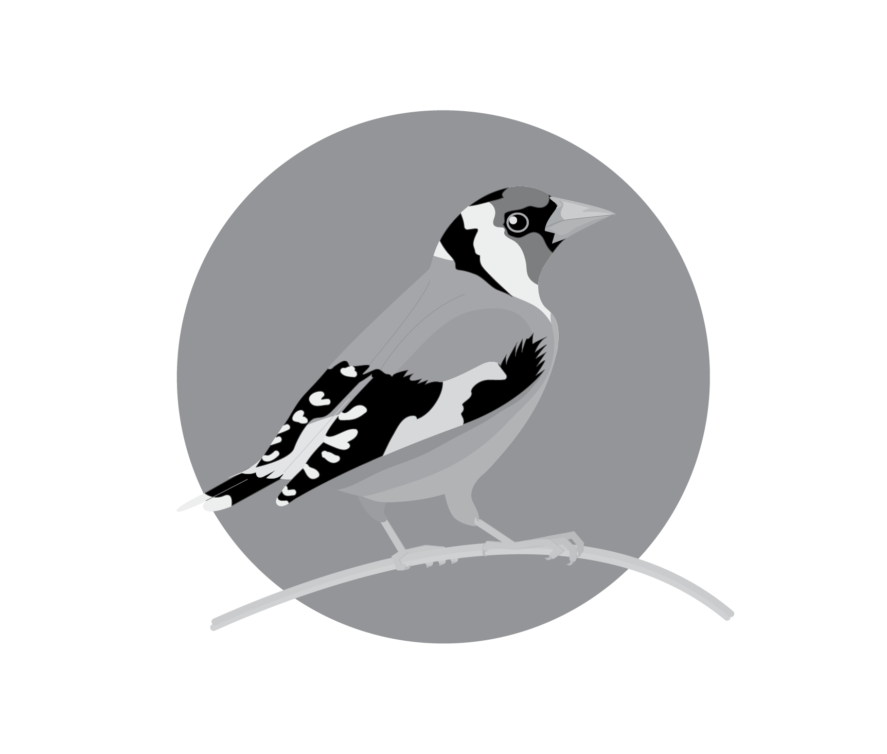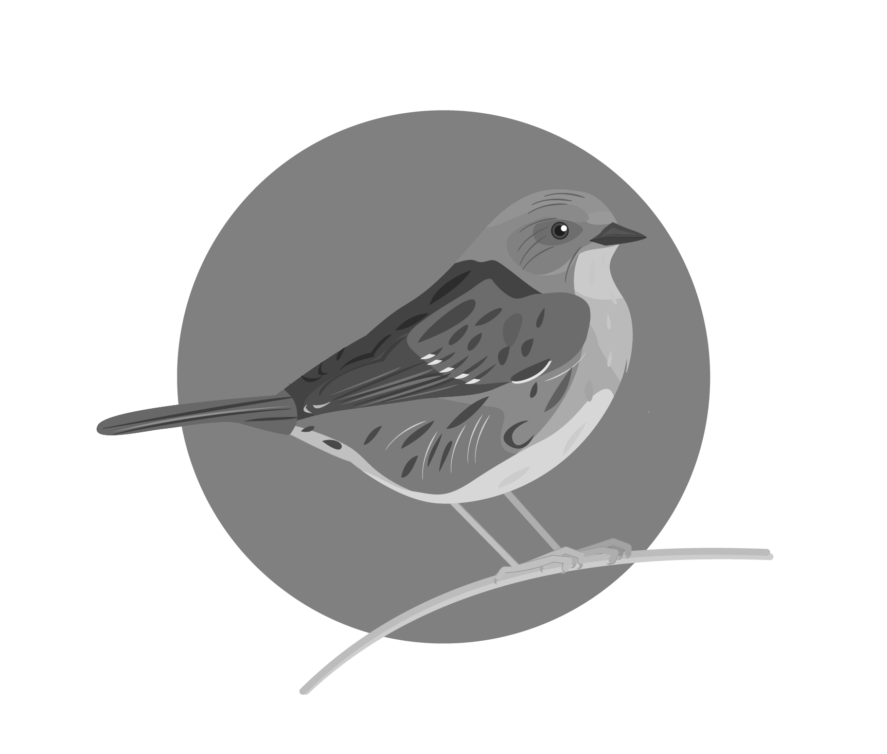-
Troppo Plant & Garden Articles
- Te Puke Region
- TROPPO’s Food Forest in Te Puke, BOP (www,foodforest.org.nz)
- Troppo’s Plant Collection
- TROPPO's Nursery Directory
- Food Forests of New Zealand (www.foodforests.nz)
- Nursery Map - Plant Suppliers of NZ Directory (www.nurserymap.nz)
- Kids Garden Corner
- New Zealand Garden Bird Survey
- New Zealand Garden Groups
- Delicious Recipes
Grey Warbler
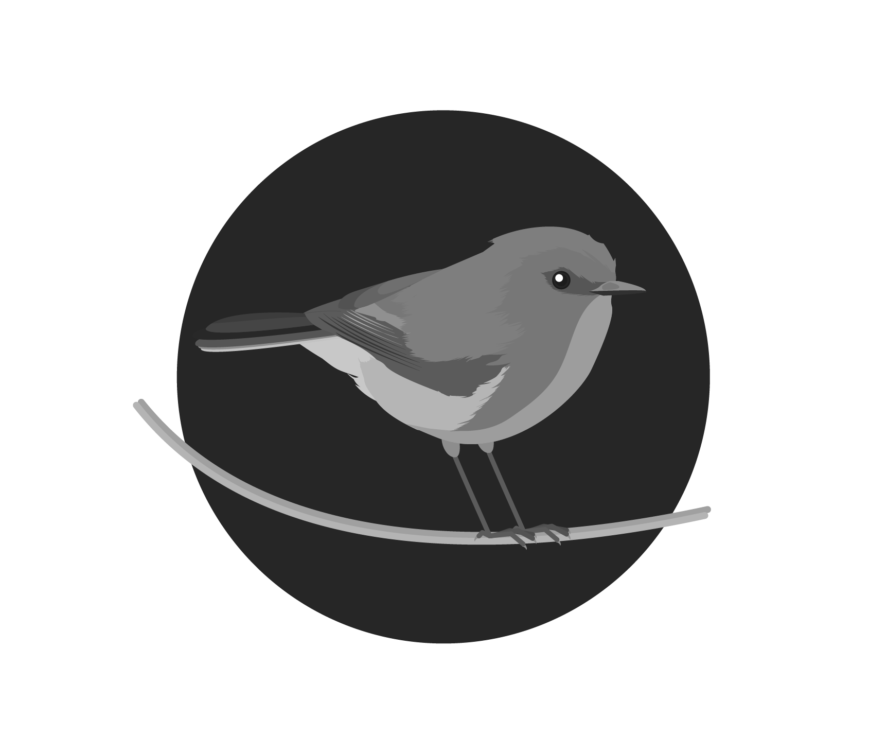
The Melodious Grey Warbler of New Zealand
The Grey Warbler (Gerygone igata), known as “Riroriro” in Māori, is one of New Zealand’s smallest and most vocal native birds. Recognizable by its distinctive song and subtle plumage, the Grey Warbler is a common sight in gardens, forests, and shrublands across the country.
Appearance
Grey Warblers are small, delicate birds measuring about 11 cm in length. They have grey-brown upperparts, a grey-white underbelly, and a slightly darker tail. Their fine, pointed beak and small size make them well-adapted to their insectivorous diet. Males and females look similar, making them difficult to distinguish based on appearance alone.
Habitat and Distribution
Grey Warblers are widespread throughout New Zealand, inhabiting a range of environments from native forests and scrublands to gardens and urban parks. They prefer areas with dense vegetation, which provides ample cover and food sources. Despite their small size, they are highly adaptable and can thrive in various habitats.
Diet
The diet of Grey Warblers primarily consists of insects and spiders, which they glean from leaves and branches. Their agile movements and keen eyesight allow them to spot and capture small invertebrates efficiently. During the breeding season, their diet may also include caterpillars and other high-protein prey to support their growing chicks.
Behavior and Song
Grey Warblers are known for their distinctive and melodious song, which is a series of high-pitched, cascading notes. Their song is particularly prominent during the breeding season, as males sing to attract females and defend their territory. Despite their vocal nature, they are often difficult to spot due to their small size and inconspicuous plumage.
Breeding
The breeding season for Grey Warblers in New Zealand extends from August to February. They construct elaborate, dome-shaped nests with a side entrance, typically hanging from the branches of trees or shrubs. The female lays 3-5 eggs per clutch and is responsible for most of the incubation. Both parents participate in feeding the chicks once they hatch.
Conservation Status
The Grey Warbler is not currently considered threatened and has a stable population across New Zealand. Their adaptability to different environments and their insectivorous diet make them resilient to changes in habitat. However, they still face threats from habitat destruction and predation by introduced species such as rats and stoats.
Conclusion
The Grey Warbler is a charming and melodious member of New Zealand’s avian community. Its distinctive song and agile behavior make it a delightful presence in various landscapes across the country. Protecting their habitats and ensuring the balance of native ecosystems will help maintain the population of these enchanting birds.

